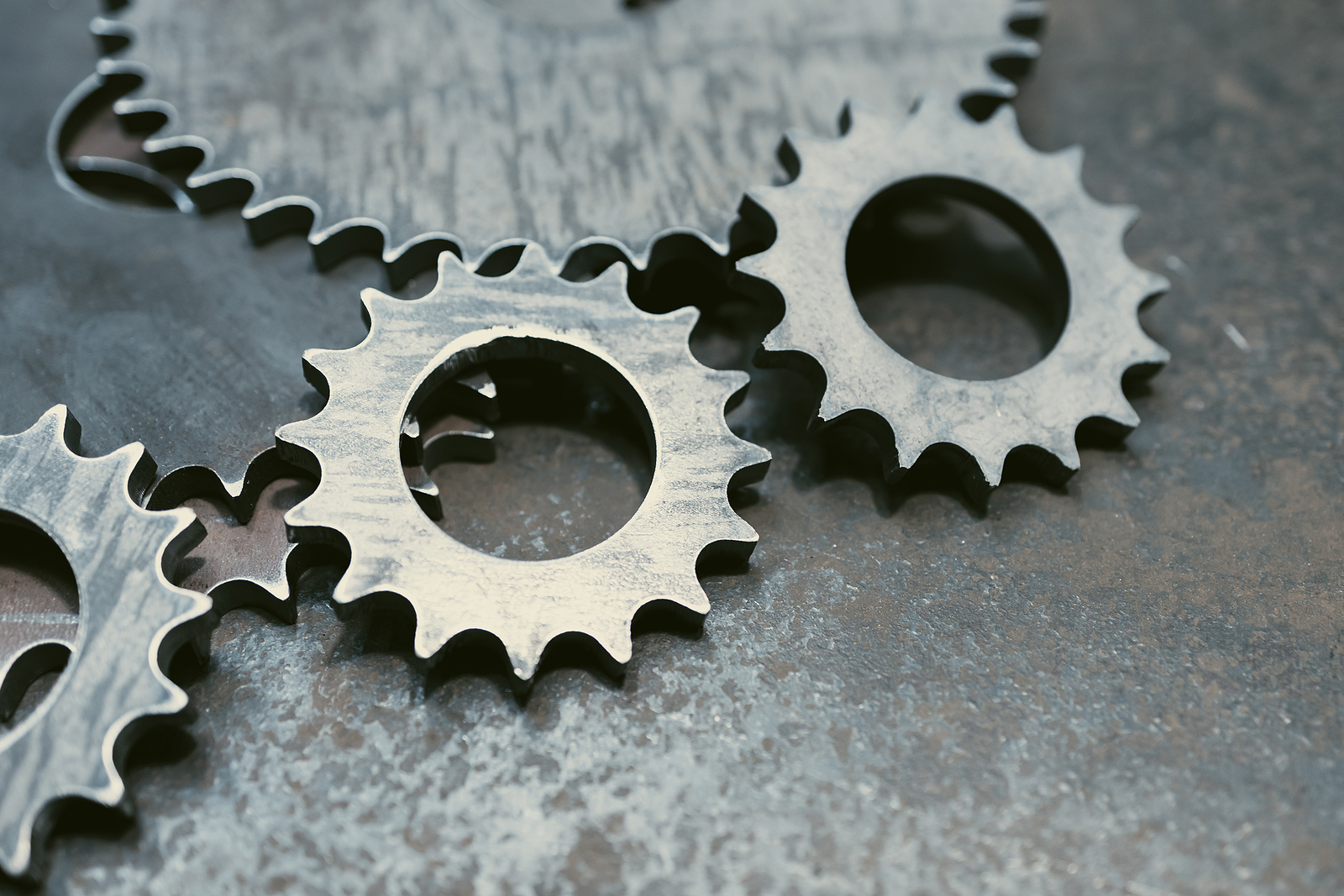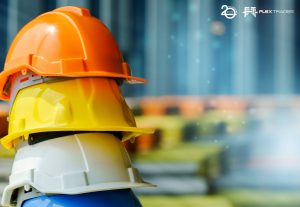Steel. It’s quite literally ALL around you. From buildings (metal roofing, steel beams, mounting brackets) to vehicles, to infrastructure (bridges, safety barriers), sculptures and jewelry (art), in the ground, at your doctor’s office (scalpers, surgical pins), or in your kitchen (scissors, sinks, cutlery). And, like many others, you probably haven’t thought about where steel comes from so let me tell you!
How It’s Made – Steel
Step 1: Gather raw material, place into a furnace and melt into molten metal.
Mine iron ore from the ground.
Due to the properties of iron ore, it must be “reduced”. Reduction is the process of crushing coal then carburizing it in a furnace and heating it at high temperatures, without oxygen, which creates coke. The coke comes out as small black rock pieces with a high concentration of carbon.
Fact: it takes about 1.5 tons of iron ore to produce 1 ton of steel.
Combine iron ore, solid carbon (carburized coke), and some limestone in a blast furnace to create molten metal.
A blast furnace works by blowing heated air into the bottom of the furnace to create a combustion process amongst the three ingredients. This process creates molten pig iron.
- Technically, pig iron is neither iron nor steel.
- The limestone added to the blast furnace removes impurities such as silicon dioxide (sand and rock).
Step 2: Use ladles to take molten metal to additional furnaces.
- Combine the molten pig iron with recycled steel scrap in oxygen furnaces.
- Oxygen furnaces blow oxygen at the molten metal at high pressures which burns off impurities.
- Electric Arc Furnaces (EAFs) make steel from scrap instead of iron ore which usually produces lower quality steel but benefits from a recycling perspective.
At this stage, molten iron is now molten steel!
Step 3: Use ladles to pour molten steel into tundishes.
Tundishes feed a continuous caster. The continuous caster forms and draws out the molten metal into the desired shape(s) and cuts these shapes to sizes.
Shapes include ingots, blooms, billets, or slabs which are considered semi-finished casting products and are not ready to be used yet.
Step 4: Use rolling mills for next steps.
Rolling mills will process the steel shapes into additional product including plate, steel coil, or rods and bars.
Depending upon the temperature of the rolling mills, you are either creating hot rolled steel or cold rolled steel.
Step 5: Use various equipment for finishing operations.
Operations here include pickling, coating, tinning, annealing, tempering, cutting, slitting, coiling, and packing.
[av_image src=’https://flextrades.com/wp-content/uploads/2021/10/steel-.jpg’ attachment=’9269′ attachment_size=’full’ align=’center’ animation=’no-animation’ link=’manually,https://www.steel.org/steel-technology/steel-production/’ target=” styling=” caption=” font_size=” appearance=” custom_class=”][/av_image]
Now that you know, check out this video to see it for yourself and also, don’t forget to check out PMG’s blog for more of our How It’s Made articles.
Kim Mooney, Technical Manager & Coach








